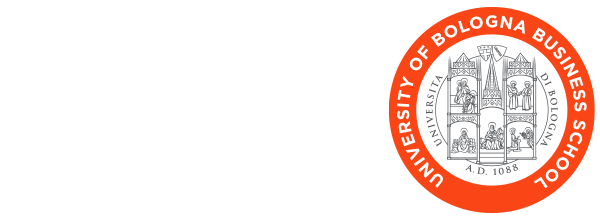Abstract
In October 2018, Roberto Conti, CEO at SCM group, returned confused to his office after a meeting in which all the department leaders discussed the pros and cons of the Stage-Gate. Six years had passed since the introduction of the Stage-Gate, the new product development (NPD) process that the firm decided to implement to structure the design of its products, from idea generation to the market launch. The benefits provided by the Stage-Gate were clear and diffused throughout all the company managers. Therefore, Roberto expected minor adjustments to take into account to adapt the Stage-Gate. Nonetheless, some concerning voices arose during the meeting: ‘we need different Stage-Gate versions’, ‘we have to become more Agile’, ‘we have to go with a hybrid model’ were the main claims. Roberto, always attentive to the voice of employees, conducted a series of meeting with them to understand the motivations behind those claims. Simona Rossi, sales and marketing manager, would have opted to structure different Stage-Gate versions since some projects could have been developed by grouping up some phases and gates. In this way, the firm would have met higher risks compensated by faster time to markets and major revenues. Amelia De Matteis, software product manager, sensitive to the digital transformation issue affecting the woodworking industry, would have structured a horizontal Agile process for software development. According to her, the Stage-Gate model that involved developing a software for a specific machine was over. Finally, Filippo Bianchi, industrial director, highlighted those cases where an interaction between the design and development of a new machine and its connected digital services is mandatory. His intuition was that in those cases an Agile/Stage-Gate hybrid model was the more suitable process. Roberto faced a difficult decision in considering what to do next. Would the company had to change the NPD system? How? What to do with the opportunities to structure different Stage-Gate versions, operationalize an Agile process, and design an Agile/Stage-Gate hybrid model?
Target for Teaching
- Organizational Challenges
- Green Innovation
- Circular Economy
Target audience and Issues
Executive and MBA courses on Innovation and Technology Management, in a
class on NPD processes, Organizational Structures for Innovation, or Organizational Change.
Teaching objectives
After working to the case and assignment questions, students will be able to learn
the following.
- The Stage-Gate process
- The Agile methodology
- The Agile/Stage-Gate hybrid model
- Limitations of the Stage-Gate
- The importance of structuring an Agile and an Agile/Stage-Gate hybrid model
- The importance of building a decision-making tool to determine the most suitable model for a specific project
- How to introduce agility without disrupting the organizational culture
Reflection on how to guide such an organizational change into students’ current organization.



